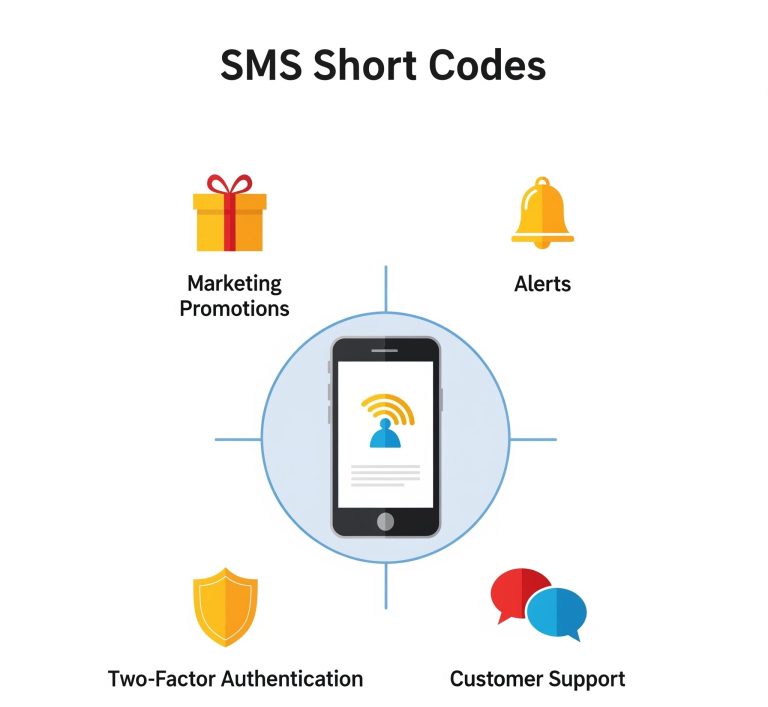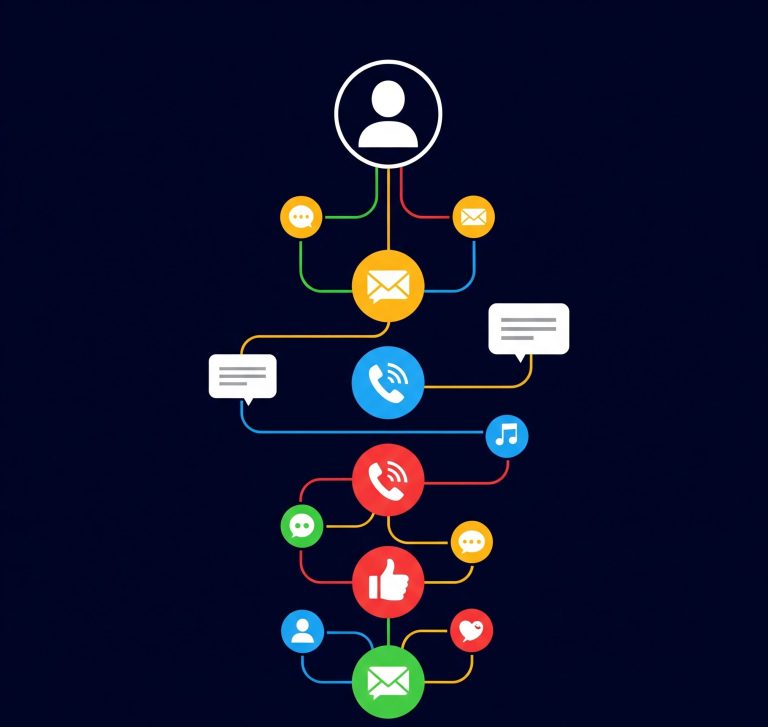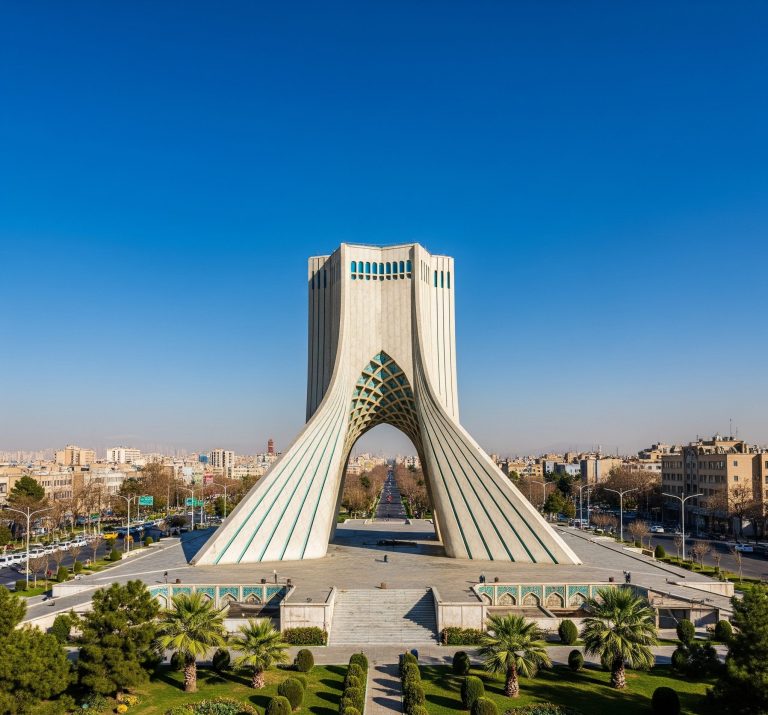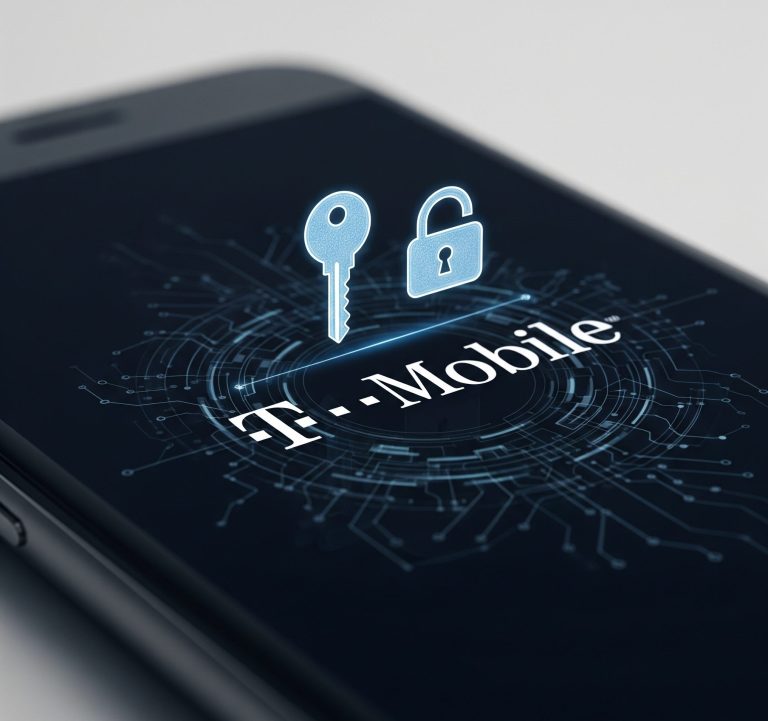In our increasingly interconnected world, communicating across borders is more essential than ever. Whether you’re a business professional conducting international trade, a family member keeping in touch with loved ones abroad, or a curious traveler planning your next adventure, understanding international dialing procedures is key. While many are familiar with the standard country codes that begin with a single digit, the realm of international dialing also includes multi-digit prefixes and even special carrier codes. One such prefix that might occasionally appear is the 002 country code, which, while not a universal country code itself, has historically played a role in specific international dialing contexts.
This article will delve into the nuances of international dialing, shedding light on how these codes work and providing clarity for an American audience navigating the global telecommunications landscape.
Contents
The Anatomy of an International Call
Before we dive into the specifics of any particular code, let’s break down the general structure of an international phone call from the United States. It typically involves three main components:
- International Access Code (Exit Code): This is the sequence of numbers you dial to indicate that you’re making a call outside of your current country. For calls originating from the United States, this code is almost universally 011.
- Country Code: This unique numerical prefix identifies the specific country you are trying to reach. For example, the country code for Canada is 1, and for the United Kingdom, it’s 44.
- Local Number: This is the actual phone number within the destination country, including any area codes.
So, a typical international call from the U.S. would look like this: 011 + [Country Code] + [Local Number].
Decoding the 002 Country Code: A Historical Perspective
It’s important to clarify that 002 country code is not a standard, standalone country code like +1 for North America or +44 for the UK. Instead, its appearance in international dialing has historically been tied to specific scenarios, often functioning as an international access prefix or a carrier-specific dialing code in certain regions, rather than directly identifying a country.
For instance, past telecommunication systems in some countries used “002” as their international dialing prefix (the equivalent of the U.S.’s “011”). This means that if you were calling from one of these countries to another, you would start your dial with 002 country code before the destination’s country code. This is distinct from it being the country code for a particular nation.
Another context in which “002” might have been seen is as a carrier selection code within certain countries. Some telecommunication providers offer alternative prefixes that allow callers to route their international calls through a specific carrier, potentially offering different rates or services. In such cases, “002” might have been one of these carrier-specific prefixes, preceding the actual country code and local number.
The landscape of international dialing prefixes and carrier codes is constantly evolving. What was common a decade ago might be obsolete today, as telecommunication companies merge, technologies advance, and international dialing regulations change. For an American audience, the primary focus for international calls should remain on the universal “011” exit code, followed by the destination country’s code.
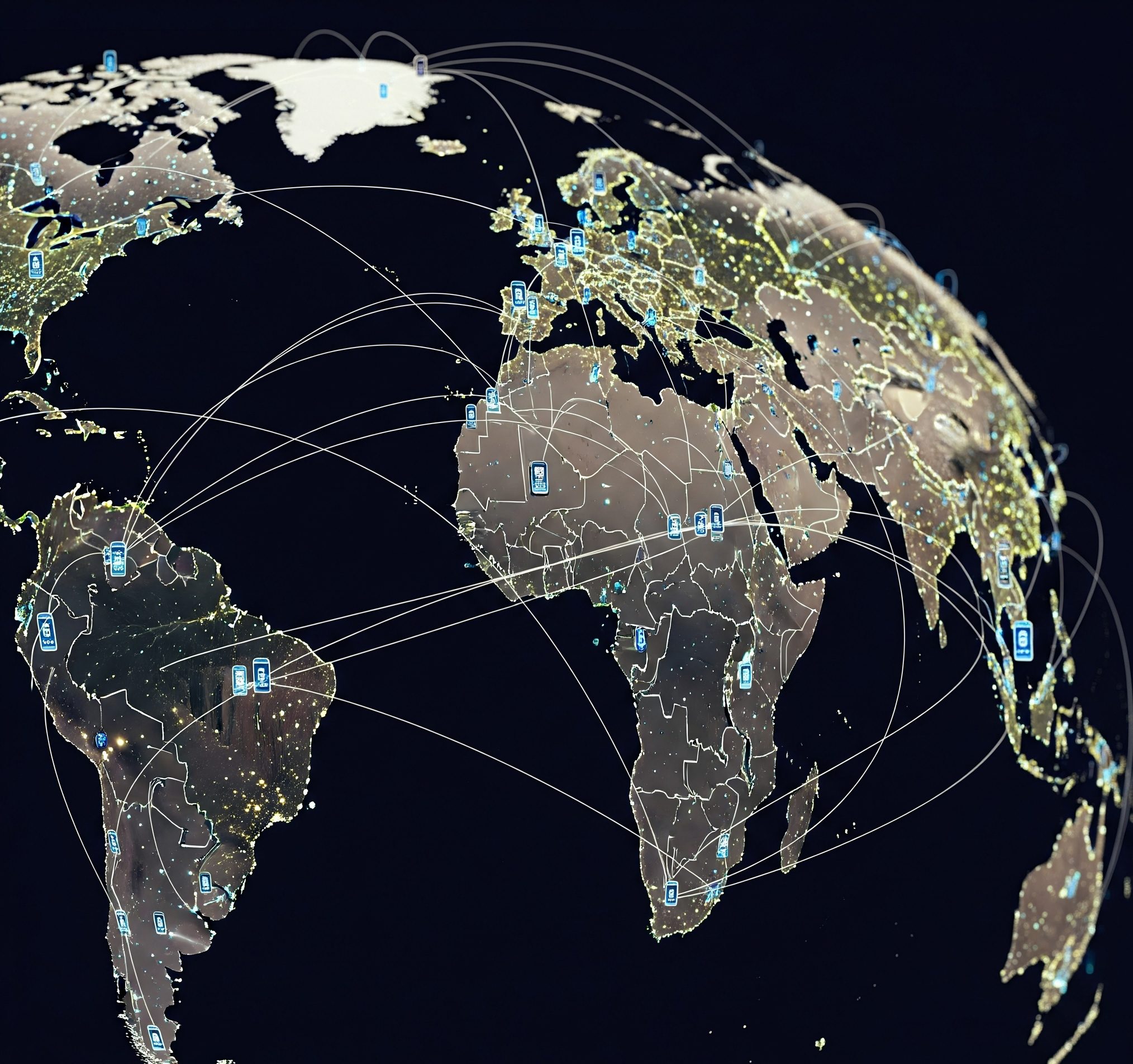
Navigating Modern International Dialing
While understanding historical nuances like the occasional use of 002 country code can be interesting, modern international calling from the U.S. is generally more streamlined.
The ubiquitous “+” symbol:
Many smartphones and modern communication apps allow you to simply use the “+” symbol instead of the “011” international access code. When you dial “+” followed by the country code and local number, your phone’s software automatically translates the “+” into the correct international access code for your current location. This simplifies dialing, especially for those who travel frequently or store international contacts in their phone.
Voice over Internet Protocol (VoIP) and Messaging Apps:
The rise of VoIP services (like Skype, Google Voice, and dedicated international calling apps) and messaging platforms (such as WhatsApp and FaceTime) has revolutionized international communication. These services often bypass traditional telephone networks, routing calls over the internet. This can significantly reduce or even eliminate international calling charges, making global communication more accessible and affordable. When using these apps, you typically don’t need to worry about exit codes or country codes in the same way; you simply dial the contact as they appear in your app’s contact list, provided they are also using the same platform.
Tips for American Callers to International Destinations
For Americans looking to make international calls, here are some practical tips:
- Always start with 011 (or “+”): This is your gateway to international networks from the U.S.
- Verify the Country Code: Double-check the correct country code for your destination. A quick online search for “country code for [Country Name]” will provide accurate information.
- Know the Local Number Format: Some countries have specific requirements for including area codes or truncating leading zeros in their local numbers when dialed internationally.
- Consider Time Zones: Don’t forget to account for time differences! A call at noon your time might be the middle of the night for your recipient.
- Check Your Carrier’s Rates: International calling rates can vary significantly between mobile and landline providers. Before making a long call, understand the per-minute charges or explore international calling plans that might offer better value.
- Explore Alternatives: For frequent international communication, investigate VoIP services and messaging apps. They often provide more cost-effective solutions and can offer features like video calls.
Conclusion
While the 002 country code might appear in discussions of historical international dialing practices or as a legacy carrier code, for the average American consumer, the key to unlocking global connections lies in understanding the “011” international access code and the specific country codes of your desired destinations. As technology continues to simplify cross-border communication, staying informed about these fundamental principles ensures that you can effortlessly reach anyone, anywhere in the world.



